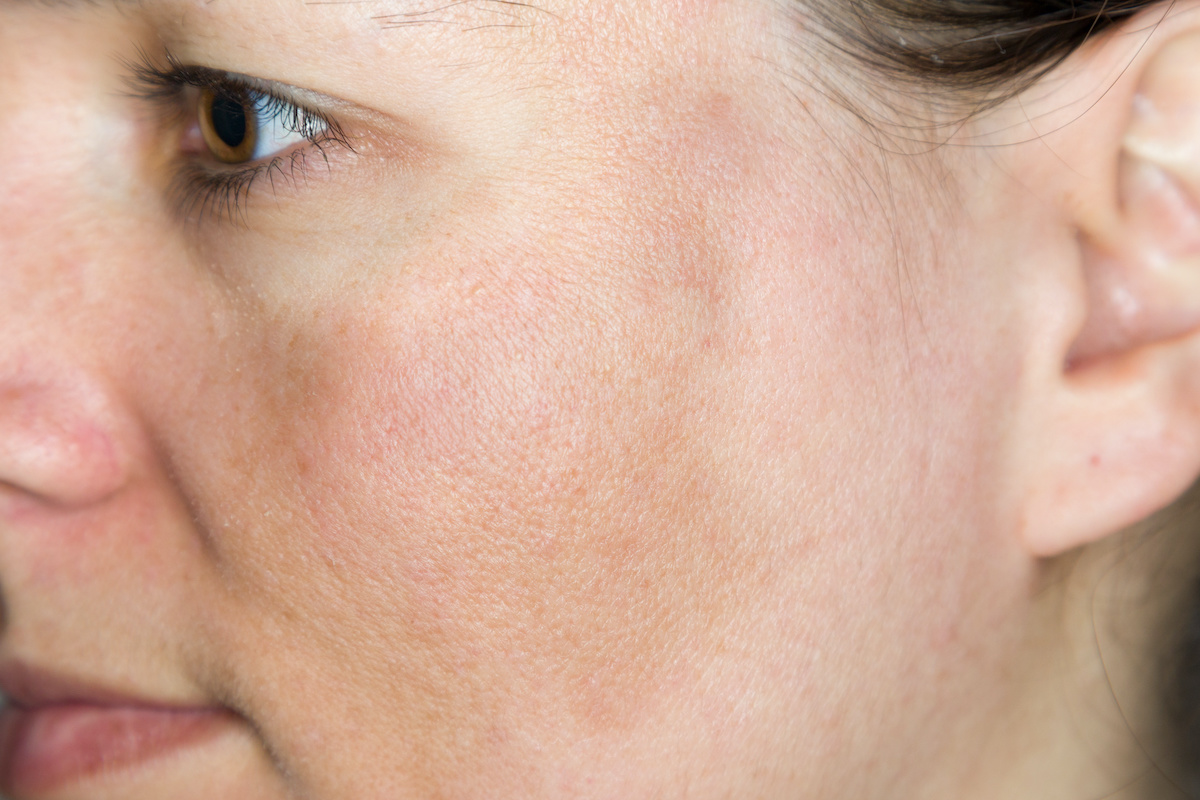 Are you noticing more and more dark spots on your face lately? Or perhaps the opposite–lighter patches of skin? Changes in your pigmentation, or the coloring of your skin, can appear as both lighter or darker areas. “Changes in the color of the skin are a common concern and can affect people of all ages,” says Dr. Melanie Pickett, a board-certified dermatologist at Sanova Dermatology in Austin, Texas. “Frequently these changes are temporary, such as after a rash or bug bite, but these can also be long-lasting, such as with an underlying skin condition.”
Are you noticing more and more dark spots on your face lately? Or perhaps the opposite–lighter patches of skin? Changes in your pigmentation, or the coloring of your skin, can appear as both lighter or darker areas. “Changes in the color of the skin are a common concern and can affect people of all ages,” says Dr. Melanie Pickett, a board-certified dermatologist at Sanova Dermatology in Austin, Texas. “Frequently these changes are temporary, such as after a rash or bug bite, but these can also be long-lasting, such as with an underlying skin condition.”
Hyperpigmentation
Melanin is the substance in the skin that is responsible for the skin’s color. When you have an increase in melanin production, you may begin to see “hyperpigmented,” or darkened spots on your skin. Causes of hyperpigmentation include:
- Exposure to sunlight resulting in sun-damaged skin (e.g., age spots on hands or face)
- Previous inflammation in the skin, such as dark spots leftover from acne lesions
- Melasma, or dark spots caused by a combination of sun exposure and hormones
- Certain drugs, such as some antibiotics, antiarrhythmics, and antimalarial medications
- Rare conditions such as Addison’s disease, where the adrenal gland experiences a decrease in function
Treatments to reduce the appearance of these dark spots and even out skin tone include:
- Sun protection with sunscreen and sun-protective clothing such as hats and sunglasses
- Non-prescription skin-lightening agents
- Prescription skin-lightening medications such as hydroquinone
- Chemical peels
- Light and laser therapies
Hypopigmentation
A decrease in melanin or the cells that make melanin in the skin has the opposite effect; this appears as lighter patches on the skin. This type of change in the skin is called “hypopigmentation.” Causes of hypopigmentation in the skin include:
- Previous inflammation or trauma to the skin–if you have experienced blisters, burns, infection or rash, or other trauma to your skin, this can affect pigment production and cause lighter spots on the skin
- Certain skin infections, such as tinea versicolor, a superficial fungal infection of the skin
- Autoimmune disorders such as vitiligo in which the pigment-producing cells are damaged causing lighter or white-appearing patches on the skin
Strategies for managing lighter spots on the skin include:
- Sunscreen to protect affected areas from sunburn and further damage
- Cosmetics to camouflage lighter spots until your body has had time to regenerate the pigment.
- Treatment of underlying conditions causing the lighter areas, such as topical and UV light therapies for vitiligo.
